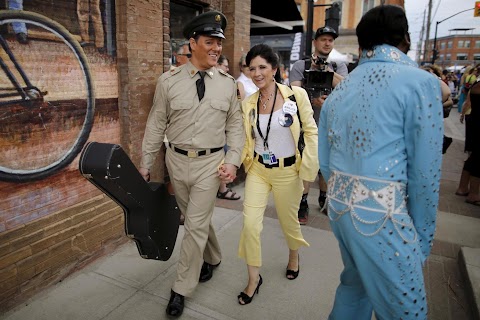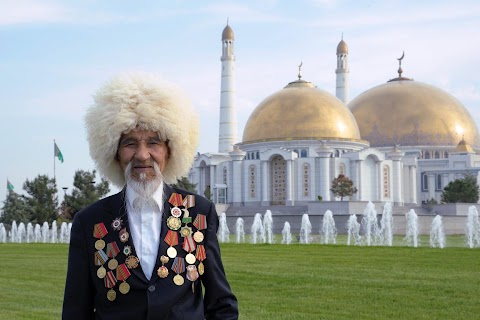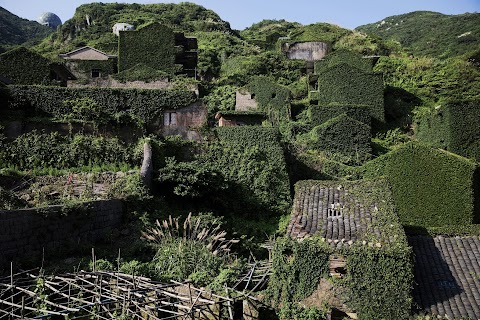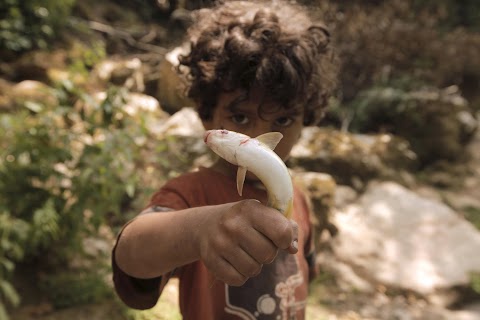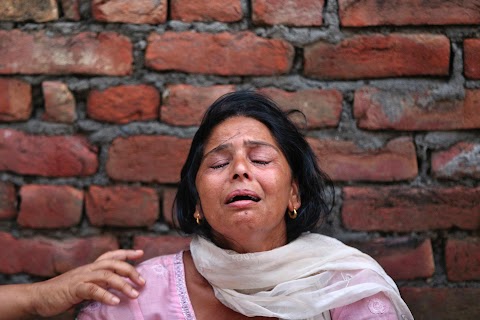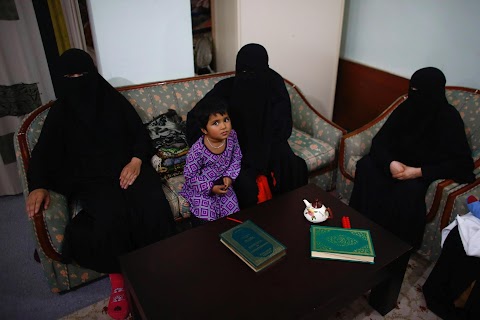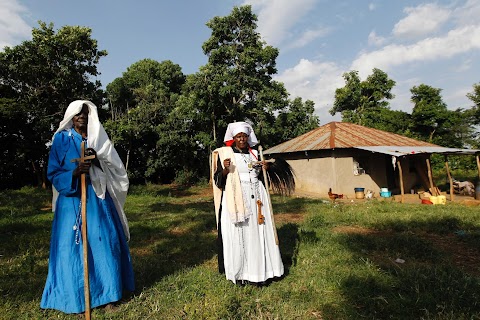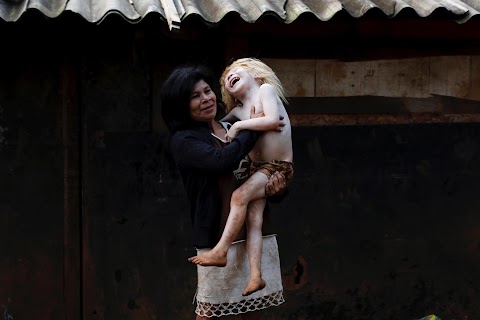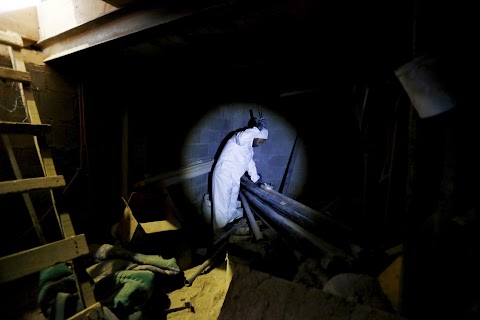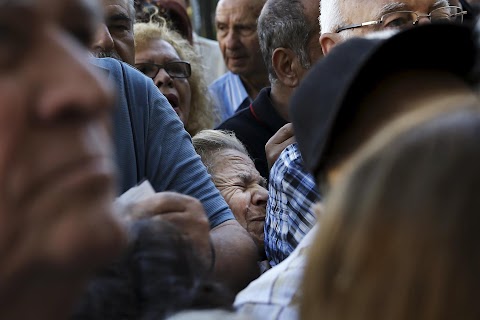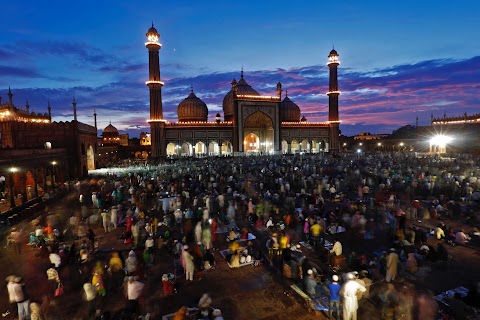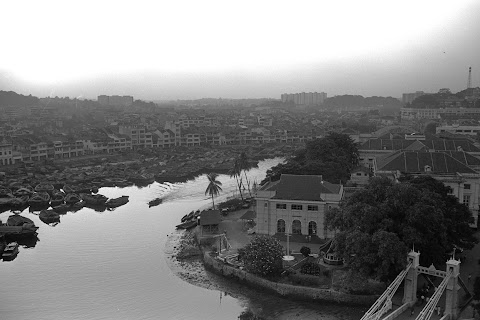
50 years of independence
Fifty years ago, hundreds of small vessels known locally as bumboats docked along a stretch of a then smelly and dirty Singapore River in the centre of Singapore.
Today, as the island-state prepares to celebrate 50 years of independence, most of the bumboats are gone, except a handful of neon-lit ones that ferry tourists from far and wide in tours along the river.
Story
The traditional shophouses that traders used along the river are now converted into hip, colourful pubs and restaurants catering to the office crowds from the skyscrapers towering over them.
In the waters around the island, hundreds of tankers and container ships wait in the anchorage area to dock in the terminals that operate around the clock.
Story
Maritime trade is still the backbone of the city-state. But decades of rapid growth have also turned Singapore into a popular tourist destination and a thriving global financial hub.
On one end of the Marina Bay reservoir is an evolving skyline of office skyscrapers, with each new building more glittery, if not taller, than the last.
On the other end is a casino and resort complex boasting a rooftop infinity pool on the 57th floor, filled with tourists admiring the city’s skyline.
Story
All this is possible because of the growth in the short span of 50 years. The Singapore story is often used as a case study for many developing countries in the region.
Story
The side effects from the phenomenal growth include the rising cost of living and a widening wealth gap. For all the multimillionaires and billionaires who live a life of super-yachts and fast cars, poor people still await their next handout meal from charities.
Story
Singapore, with a landmass of 718 square kilometres, or less than half the size of London, is among the world’s most densely populated nations.
How will Singapore look 50 years from now?













